The Cooperative Model
A cooperative is a business that is owned and governed by its members for the benefit of those same members. In a typical worker cooperative, the ownership, governance, and benefits are structured this way:
Ownership
Employees are offered ownership based on specific criteria:
The number of months or years worked at the business
The fulfillment of work requirements
An equity investment
Governance
Board of Directors
A majority of the members of the Board are employee-owners elected by their peers
The Board oversees the top manager and makes high-level strategic decisions
Management
Whatever management structure is typical for the industry
Managers practice Open Book Management so that the employee-owners understand how they contribute to the profits or losses of the business
Employee-Owners
At an annual meeting, employee-owners elect representatives to the Board of Directors
All employee-owners vote to approve major business decisions, such as mergers, acquisitions, expansions, or closures
Benefit
Employee-owners share in the annual profits or losses of the business based on specific criteria:
The number of hours worked
And/or tenure and position
Co-op Dayton promotes employee ownership in the Dayton region because of its proven benefits for workers, businesses, and communities.
Workers
Access high quality job opportunities
Build wealth in the business
Learn about business finances and operations
Develop leadership skills
Business
Higher rates of employee retention
Higher sales and productivity growth
Greater longevity
Community
Retain businesses and quality jobs
Circulate more dollars locally
Develop more civic leaders



